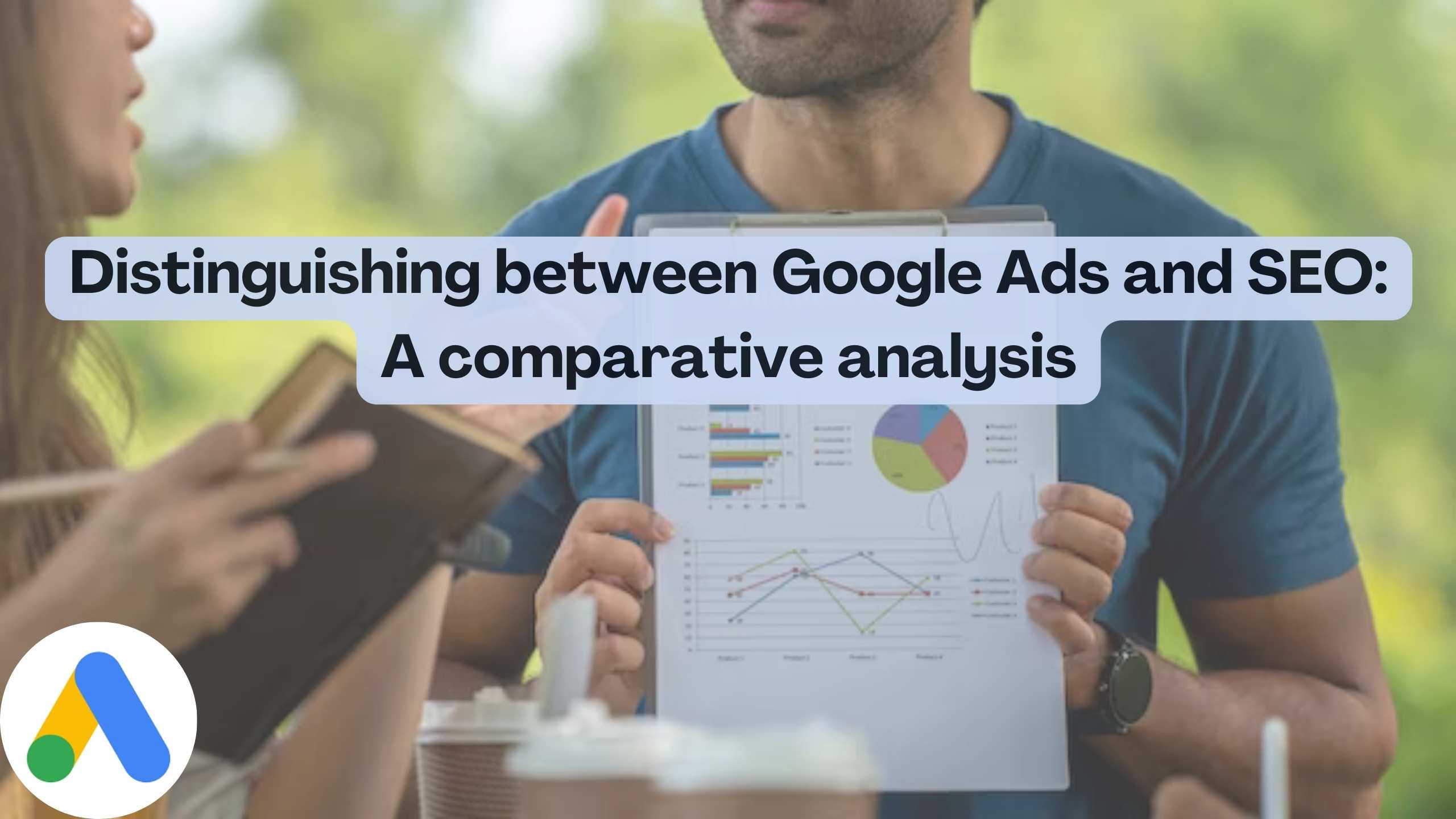Distinguishing between Google Ads and SEO: A comparative analysis
- Conversational Marketing Software SEO Software Affiliate Marketing Software Marketing Tools


Distinguishing between Google Ads and SEO: A Comparative Analysis
In the dynamic realm of digital marketing, understanding the nuances between paid advertising, exemplified by Google Ads, and organic search engine optimization (SEO) is pivotal. This comparative analysis aims to unravel the distinctions between these two strategies, shedding light on their unique attributes and showcasing how they contribute to an effective digital marketing strategy.
Unveiling the Essence of Google Ads
1. Immediate Visibility: Google Ads
Google Ads, previously known as Google AdWords, is the quintessential platform for paid advertising. It offers businesses immediate visibility by placing ads at the top of search engine results pages (SERPs) based on selected keywords. The ability to target specific audiences with tailored ads makes Google Ads a powerful tool for driving traffic and conversions.
2. Cost-Per-Click (CPC) Model: SEMrush
To comprehend the financial aspect of Google Ads, tools like SEMrush come into play. SEMrush provides insights into competitors’ advertising strategies, allowing businesses to optimize their CPC bids effectively. It’s an invaluable resource for understanding the competitive landscape and refining your Google Ads campaigns.
3. Ad Performance Analytics: Google Analytics
Tracking the performance of Google Ads is essential for refining strategies. Google Analytics seamlessly integrates with Google Ads, offering in-depth analytics to evaluate the effectiveness of campaigns. It’s a fundamental tool for businesses seeking actionable insights into user behavior and ad performance.
Navigating the Landscape of SEO
1. Organic Visibility: SEO
In contrast to paid advertising, SEO focuses on optimizing a website to achieve high rankings in organic search results. It’s a long-term strategy that involves optimizing content, improving website structure, and building authoritative backlinks. Ahrefs is a comprehensive tool for SEO analysis, offering insights into keywords, backlinks, and competitor strategies.
2. On-Page SEO: Yoast SEO
For WordPress users, Yoast SEO is a go-to plugin for on-page SEO. It guides users in optimizing content for search engines, ensuring that web pages are structured in a way that enhances organic visibility. From optimizing meta titles to analyzing content readability, Yoast SEO is a valuable asset.
3. Backlink Analysis: Moz
Building a robust backlink profile is integral to SEO success. Moz provides tools for backlink analysis, helping businesses identify quality backlink opportunities and monitor their link-building efforts. It’s a comprehensive solution for enhancing website authority and organic search visibility.
Conclusion: The Symbiosis of Google Ads and SEO
In conclusion, Google Ads and SEO are not mutually exclusive; instead, they can complement each other to create a holistic digital marketing strategy. Google Ads offers immediate visibility and targeted advertising, while SEO focuses on sustainable, organic growth. To navigate this dynamic landscape effectively, consider the centralized insights provided by Subscribed.FYI. Our platform empowers users to understand, compare, and manage their SaaS stack efficiently, ensuring they have the right tools for both paid and organic digital marketing strategies.
Relevant Links:





